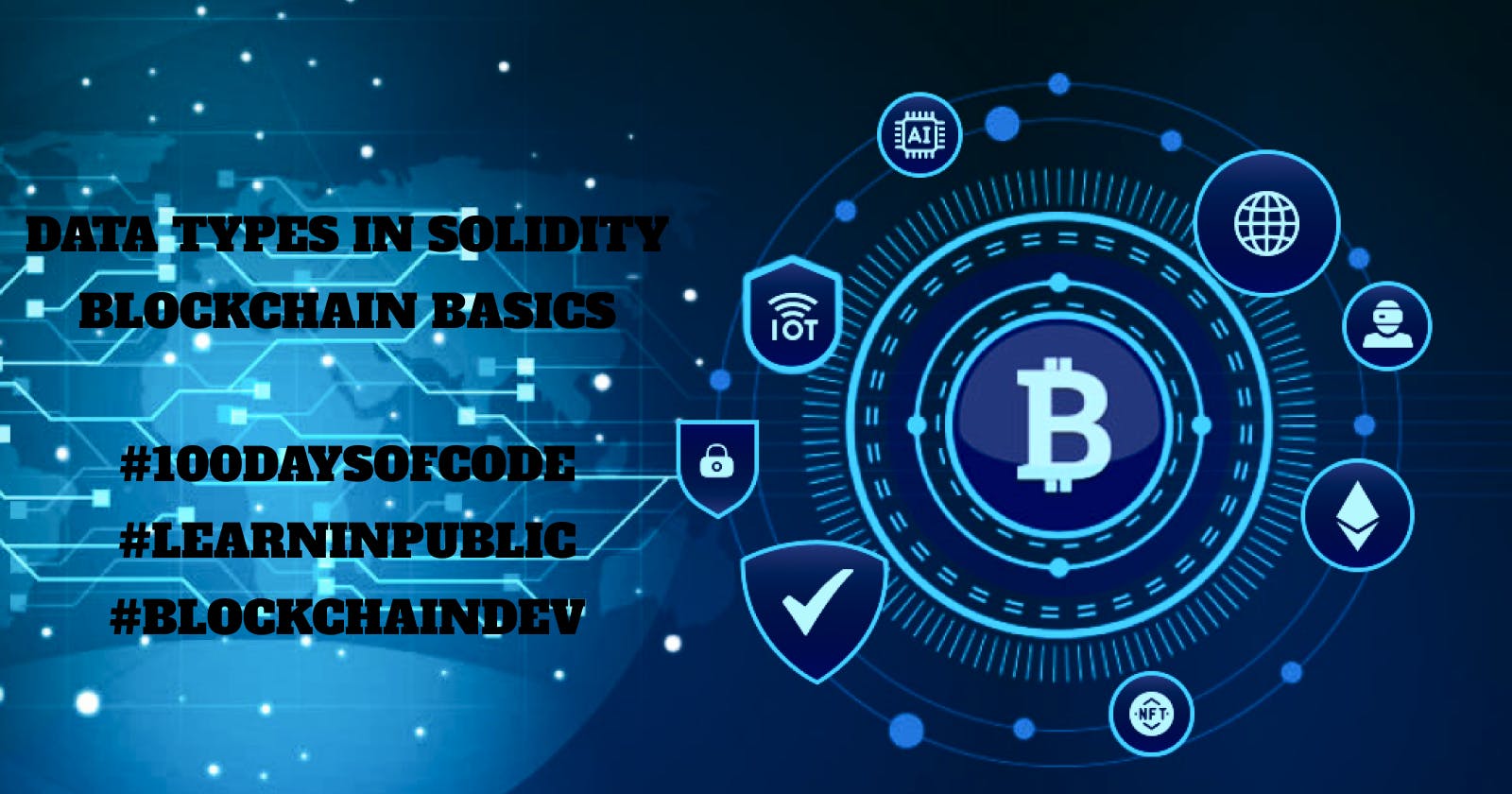Table of contents
Welcome back to yet another daily blog folks!
Intro
This is the day I finally get to code in Solidity, very little but better than just going through the theory lectures. Before I get into code let's discuss something called the Tutorial Hell. So, I was going through Harkirat Singh's video the other day, in which he was talking about not getting into a tutorial hell for self-taught software developers (click here for the video).
The question that came to my mind was am I getting or been in the tutorial hell? And, yet I was... When I thought of exploring other techs like Ts-Nodejs, Computer Vision, or Nestjs, I went through multiple tutorials, though I used the documentation as a reference, but still that was the case. And, now I am following up on a 32**-hour-**long blockchain course, is it another hell? Well, I would say NO. Cause it's about my learning process, I generally follow at least one course, to begin with. I understand the concepts, and do some hands-on projects following the instructions...that's it, I am then ready to follow the documentation for further process. Also, the courses I choose mostly follow the project-based learning curve.
So, I would say exploring through courses isn't a trap or some tutorial hell but using these courses & not working individually to develop projects could lead to it. Yeah, get into tech, explore the paths that work for you & always be precautions about whether you are falling into these Tuturoal Hells, that's the path I'd suggest for self-taught developers & would follow the same.
Getting back to the basics, got to learn some more insights, & touched upon the basics of Solidity. For now, I am using Remix as an IDE for Solidity & the basics I've covered so far are shared below...
Solidity Basics
- First things first, we need to specify the license identifier & the solidity version we will be using, which is quite strange but whatever...that's the first step.//
//SPDX-License-Identifier: MIT// notify compiler with version number to use...0.8.7 is specific,
// ^0.8.7 says this & above versions to consider
// >=0.8.7 <9.0.0 greater than 0.8.7 & less than 9
pragma solidity ^0.8.7;
There's a keyword named contract in solidity, which obviously is used for writing smart contracts, & it is somewhat similar to the class concept in any other object-oriented programming language.
contract SimpleContract{ }Congratulations, we've successfully written our first contract & technically it's ready to be deployed to the blockchain.
Datatypes in Solidity:
There's a lot of importance of bits in solidity or Blockchain development as every bit costs some value. So, for every smart contract we need to think at the bits level, & following best practices & clean code concepts becomes very important. Keeping all these things in mind, the variables come with it's bitcounts at the end, like there's an int keyword & int128, and int256, keywords too, signifying the number of bits they'll be using for them.
uint: unsigned integer contains unsigned whole numbers, i.e. neither negative nor positive.
uint256 num = 123324; uint8 number = 8;int: signed integer contains positive & negative integer values
int128 n = 11;string: contains text values.
string name = "the-third-robot";bool: contains true or false values.
bool isNumber = false;bytes: small bit text values can be stored in bytes.
bytes32 byteString = "thee";Address: stores the address of the blockchain.
address myAddress = 0x1dA522d5B659B8b6Aee98A8110e98302AcaEbE92;
functions/methods:
Functions/methods are used to perform/delegate specific tasks required for our contract.
// functions/methods in solidity unit256 num = 12; function updateValues(uint256 updatedNUm) public{ num = updatedNUm; }The above function updates the defined number with an updated value.
Outro
So far all I've covered, would say just scratched the surface of Blockchain, the more I learn the more my interest increases. #MyLearnings are out & I've tried to put everything as per my understanding & there's a chance that I might've been mistaken somewhere, so, feel free to correct me on anything in the comments.
Wrapping up my Day-03 of #100DaysOfCode, will catch up again tomorrow, till then, it's a farewell.
